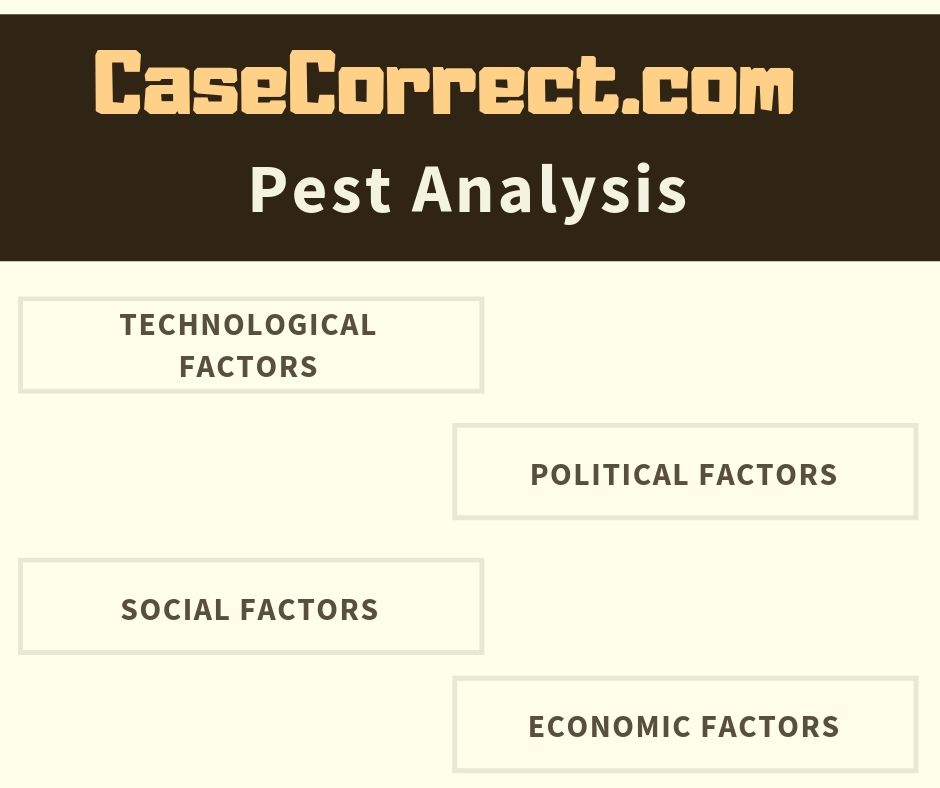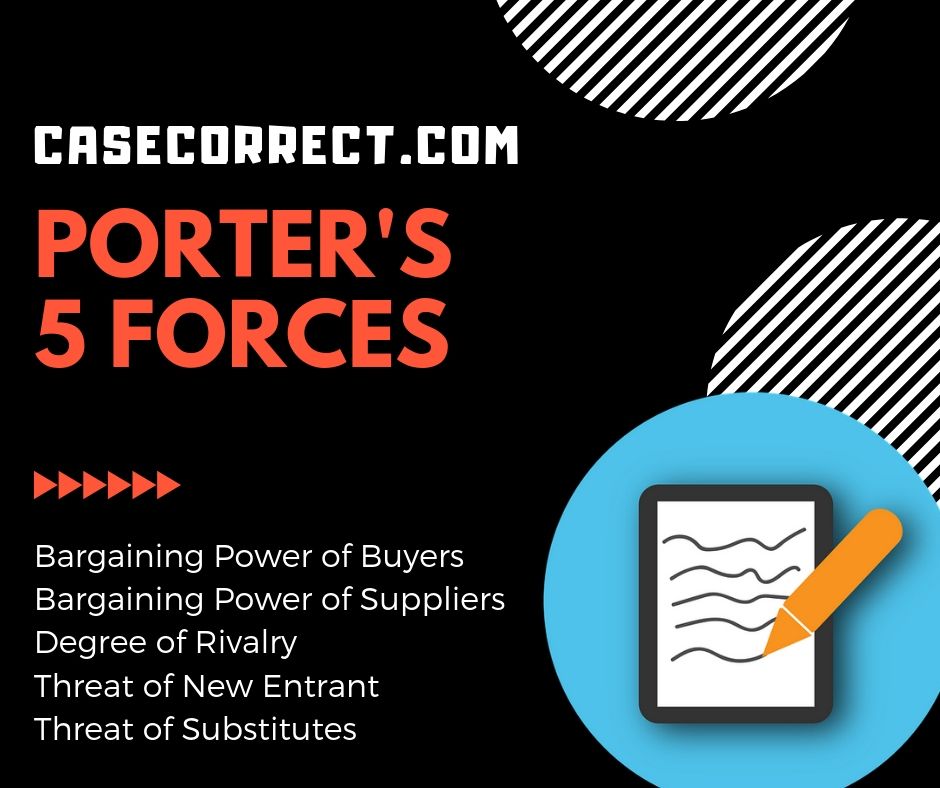Why Too Much Trust Is Death To Innovation Case Solution
Introduction:
 In 1969, the facility of Why Too Much Trust Is Death To Innovation Case Study Solution for supplying its member doctors with the convenience of administrative and scientific structure. In the premises of United States of America, Why Too Much Trust Is Death To Innovation Case Study Solution was among the most reputed organization. It was connected with Cape Cod Eye surgical treatment and Why Too Much Trust Is Death To Innovation offering different vertically incorporated services in order to fulfil the needs of clients. The base operation of Why Too Much Trust Is Death To Innovation Case Study Analysis is localized in downtown Boston. About 160,000 clients were offered services each year with approximately 7500 surgical treatments and 4500 laser treatments.
In 1969, the facility of Why Too Much Trust Is Death To Innovation Case Study Solution for supplying its member doctors with the convenience of administrative and scientific structure. In the premises of United States of America, Why Too Much Trust Is Death To Innovation Case Study Solution was among the most reputed organization. It was connected with Cape Cod Eye surgical treatment and Why Too Much Trust Is Death To Innovation offering different vertically incorporated services in order to fulfil the needs of clients. The base operation of Why Too Much Trust Is Death To Innovation Case Study Analysis is localized in downtown Boston. About 160,000 clients were offered services each year with approximately 7500 surgical treatments and 4500 laser treatments.
Through the aggregation of a series of centralized functions, Why Too Much Trust Is Death To Innovation Case Study Solution had substantially achieved the economies of sales allowing the ophthalmologists to offer them with adequate time to focus on their patients and their individual lives. The business structure was its genuine strength that allowed individuals for directing and developing of practices in their proper way. Since 1990, the growth of Why Too Much Trust Is Death To Innovation Case Study Help had been steady however the healthcare environment trends had actually known to erode the financial returns of Why Too Much Trust Is Death To Innovation Case Study Help from 50 percent of the 1980's profits to 40 percent in 1990 and 30 percent in 2000.
Problem statement:
 Due to the changes in the guidelines to operate in the Why Too Much Trust Is Death To Innovation Case Study Analysis industry, it was required by the organizations to increase the volume of clients, decrease in costs of treatments and treatments in order to balance out lowered margins. Yearly decline in the prices had actually produced problem for medical professionals in earning a good earnings.
Due to the changes in the guidelines to operate in the Why Too Much Trust Is Death To Innovation Case Study Analysis industry, it was required by the organizations to increase the volume of clients, decrease in costs of treatments and treatments in order to balance out lowered margins. Yearly decline in the prices had actually produced problem for medical professionals in earning a good earnings.
Situational Analysis:
SWOT Analysis:
Strength:
• Why Too Much Trust Is Death To Innovation Case Study Solution is known to have a prominent position in the Why Too Much Trust Is Death To Innovation Case Study Analysis market of United States of America.
• Due to its presence in the United States, it has strong customer base line as an approximate of160,000 gos to of patients annually.
• Management of Why Too Much Trust Is Death To Innovation Case Study Solution including its physicians invest more time to activities in mentor, research study and development for creative item innovation.
• The employee had a collective relationship in talking about and management of any particular operation headed by a group leader.
Weakness:
 • Issues in upkeep of scheduling system and central scheduling center of Why Too Much Trust Is Death To Innovation Case Study Help pace due to the change in the procedures followed by Shingleton's team.
• Issues in upkeep of scheduling system and central scheduling center of Why Too Much Trust Is Death To Innovation Case Study Help pace due to the change in the procedures followed by Shingleton's team.
• Financial returns of the organization had been reducing annual with boost in the development of Why Too Much Trust Is Death To Innovation Case Study Analysis industry in United States of America by 5 percent.
• Increased volume of patients' gos to required use of increased capacity that decreased the capability of the team the absorption of the flow of changes.
• Higher clients' volume led the group of severe tension threatening the mission of the practice and the rate of revenue growth.
Opportunities:
• Development of the client base line in the low-end market will supply them with direct contact with their clients to offer them with high quality services.
• Local gamers tend to be key players in the growth of any leading company, healthy relationship with relative regional gamers can offer substantial result in the value chain of the business operation.
• As there has been repayment by the federal government, restricting new entrants entry in the Why Too Much Trust Is Death To Innovation Case Study Analysis industry in the United States supplying an advantage to all leading organizations in the Why Too Much Trust Is Death To Innovation Case Study Solution industry.
• Production of low-end items, as high-end items are expensive and can not be budget friendly for bad people getting medication for their specific medical condition.
Threats:
• Development in making use of technology against the security of ecological concerns tend to grow the criticism by the groups of environmental protection.
• With pace to be the leading company in the globe, efforts are being made by every company confusing the consumers and growing concern about their health consciousness.
• Mismanagement of the scheduling process of the organization might lead to loss of consumers due to the poor services of the team and tension and whined physicians.
PEST Analysis:
Political:
 At present, the rate of Why Too Much Trust Is Death To Innovation Case Study Help market had actually known to be increasing at about 34 million with the growing industry rate of about 5 percent. Why Too Much Trust Is Death To Innovation Case Study Solution operating in the Why Too Much Trust Is Death To Innovation Case Study Help industry in United States of America has been understood to experience political pressure captivating for reduction in the prices of the items.
At present, the rate of Why Too Much Trust Is Death To Innovation Case Study Help market had actually known to be increasing at about 34 million with the growing industry rate of about 5 percent. Why Too Much Trust Is Death To Innovation Case Study Solution operating in the Why Too Much Trust Is Death To Innovation Case Study Help industry in United States of America has been understood to experience political pressure captivating for reduction in the prices of the items.
Economical:
Why Too Much Trust Is Death To Innovation Case Study Analysis requires adhering to think about laws of consumers, laws of work and laws of health and security in the location where it functions. Furthermore, there is a requirement of adhering to added policies developed in the target consumer market. Regardless of, the advantage of policies and laws to well recognized organization like Why Too Much Trust Is Death To Innovation Case Study Analysis considering that they offer help in reducing the entry of industry and increasing the confidence of customer with drugs.
Social:
Mostly in American and european states, majority of the population is aging increasing the demand of drug usage. This is expected to stay same or even increase with respect to time in forthcoming period. With boost in the visits of the clients in Why Too Much Trust Is Death To Innovation Case Study Analysis has actually also served as a factor in increasing the need of drugs.
Technological:
Improvements through the usage of biotechnological methods and techniques has assisted in continuous innovation for research study and advancement with contribution of the company's own doctor investing their time in the technological enhanced equipment in the Why Too Much Trust Is Death To Innovation Case Study Help industry. The research study and advancement needs heavy financial investment, but it significantly helps with the quality of drugs during its development.
Alternatives:
Incorporation of managerial and HR expertise:
 Due to the mismanagement and increased volume of clients visits impacting the efficiency of doctors and to deal with the factor behind their stress. HR practices in the management of operations of the organization play a crucial role.
Due to the mismanagement and increased volume of clients visits impacting the efficiency of doctors and to deal with the factor behind their stress. HR practices in the management of operations of the organization play a crucial role.
Pros:
• They have the charge of recruitment providing training of leadership, management of team work, assistance in scheduling, and a systematic procedure of working with.
• They work in lead in the advancement management, management of efficiency, succession preparation, courses of profession and some other elements in the management of talent.
• In development of effective relationships at work for productivity and contribution, they provide support by knowing the key gamers.
Well-informed in regards to rules, policies and regulations including payment that depends on the city, state or region.
Cons:
• Governmental bodies are primarily worried for financing with the macro-economic concerns rather micro-level focusing on the modern practices of HR focusing on the performance and motivation of labor force.
• Development of capability of HR needs investment in development and training of both HR experts line expert with the duties of personnel management.
Investment in enhancing the capacity of specialist personnel evaluates in a variety of ways in order to provide the function of HR management. Even, after the rejection of outsourcing, the in-house function of needs to be monitored and examined properly.
Reduction in direct personnel cost:
Due to the fact that of the requirement but out of sheer requirement which may undertake reduction in expense, the strategy is to be focused within the organization which is mostly due not. Decrease in cost is essentially for enhancement of performance and the portion of revenue growth.
Pros:
• Cost reduction baseline is understood to increase the margins of earnings which the sought-after benefit. The company can carry out expense decrease procedure according to their need to increase the earnings margin.
• Increase in the performance through decrease in cost by worrying staff members about its entryway in the phase of micro-management.
Enhancement while doing so requirements considering that the results of improvising procedures is on the present process nature enhancing the requirements of product development.
Cons:
• Although, the procedure of expense reduction is a favorable one in the advancement and growth of the organization as a long-lasting method, but false cutting of the expense might develop a panic alarm throughout the company.
• Changing in the processes followed can sometimes be harmful rather enhancing rate of revenue development depending upon the participation of external and internal stakeholders.
• Concentrating on the reduction of expense might result in compromise on the quality of item impacting the mission and vision of the organization and threatening the worth of the brand.
Development of a new organizational structure:
Change in the structure of the organization is to control the changes in organization operations and operate it from a status quo to the preferred state in the future. It aims to bring strategic changes in the company for a client organization to guarantee that the corporation operates normally throughout the modification.
Pros:
 • Organizations that considers external consultant for execution in altering the structure of the organization has the benefit of external influence.
• Organizations that considers external consultant for execution in altering the structure of the organization has the benefit of external influence.
• Change in the structure of organization requires the management of organization to monitor the change execution to ensure that the processes needed remain in location and quote that there are no barriers preventing successful application of the modification. The most reliable modification in the structure of company forces will gather the intelligence of organization in order to much better understand the way the organization runs.
Changes in the structure of company control the modification speed and the way it alters to be performed. It help the organization in adopting modifications successfully. It also makes sure that the adaptation of the modification in the structure of organization is going on its ideal speed and the adaptation of process need to be continued.
Cons:
• Change in the structure of company is not executed straight in a regular way through leader working as the leading main members of the organizational management. It can be somehow difficult for bringing change in the structure of the organizational force in order to get organization broad buy-in.
• While the team accountable for altering the structure of the company helps the company to adjust with the executed modifications, changes in the organizational structure rarely has the capability of empowerment and to supply ownership of the changes to the employees in the company.
• Modifications in the structure of company, is to re-organize the whole structure of the company on how it operates. It provides with certainty to run the organization in a smooth manner but it must not be executed during urgency.
